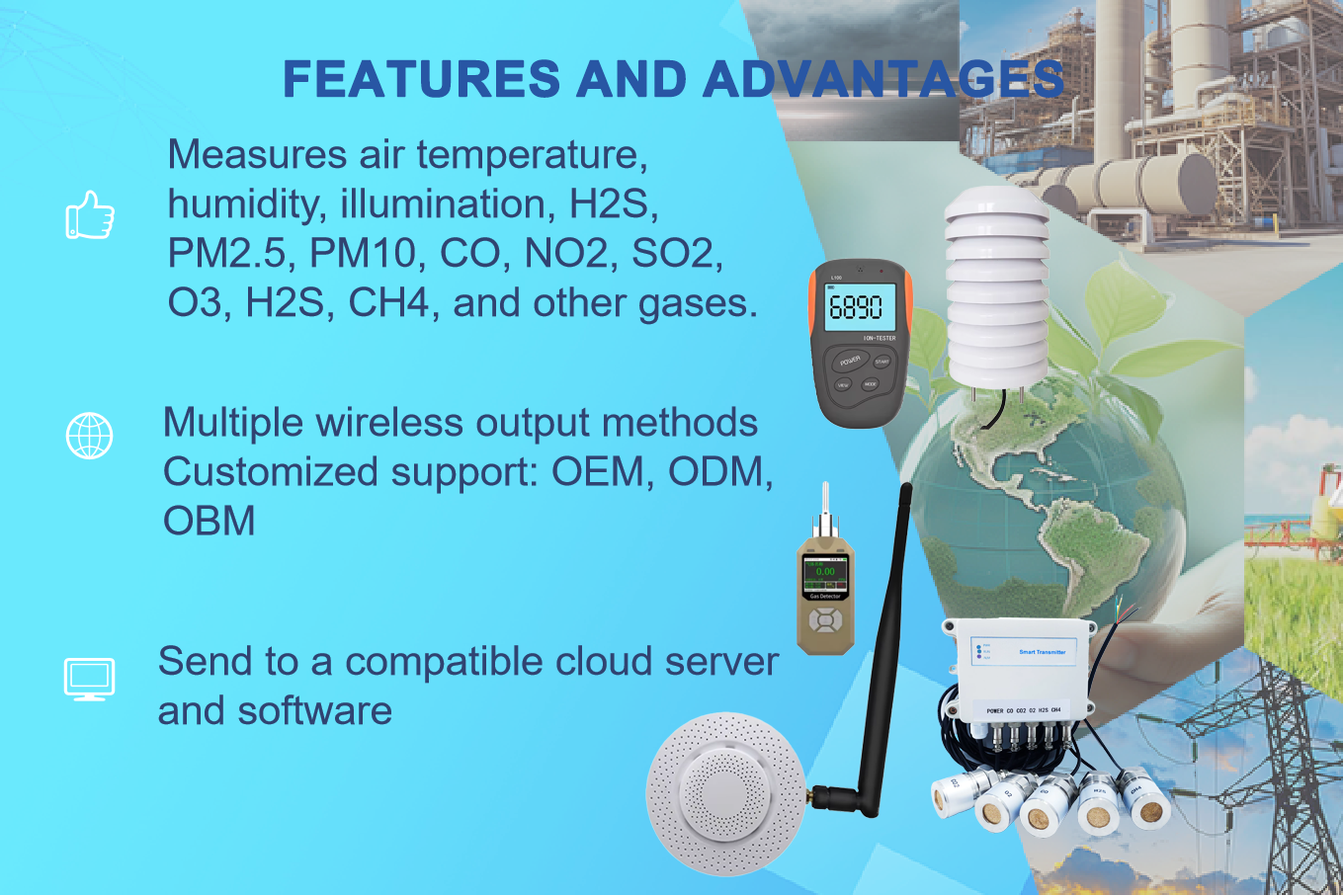[International Business Wire] Global demand for gas sensors is surging at an unprecedented rate, driven by rising needs for industrial safety, environmental monitoring, and smart living. While China is a major market, North America, Europe, and other emerging industrial nations in the Asia-Pacific region are now key drivers of this growth. The application of these sensors is expanding deeply from traditional industrial safety into environmental health, smart homes, and smart cities.
Key Drivers: Regulations, Technology, and Public Awareness
Analysts point to three primary factors behind this demand surge: Firstly, increasingly stringent government regulations on workplace safety and environmental protection are mandating the installation of gas detection equipment. Secondly, the maturation of Internet of Things (IoT) and Artificial Intelligence (AI) technologies has enabled cost-effective, networked gas monitoring. Finally, heightened public awareness about air quality and healthy living is fueling a robust consumer-grade market.
High-Demand Markets and Application Scenarios
1. North American Market: Industrial Safety and Consumer-Grade Environmental Monitoring
The United States and Canada are among the global leaders in gas sensor demand, with applications focused on:
- Oil & Gas and Chemical Plants: In energy hubs like Texas and Alaska, fixed and portable gas detectors serve as the “last line of defense” for worker safety. They are widely used to monitor combustible gases (LEL), oxygen (O2), hydrogen sulfide (H2S), and carbon monoxide (CO) to prevent explosions and poisoning. The latest trend involves integrating sensor data into industrial IoT platforms for real-time risk alerts and predictive maintenance.
- Indoor Air Quality (IAQ) Monitoring: In the post-pandemic era, offices, schools, and hospitals are highly focused on IAQ. Monitoring carbon dioxide (CO2) levels to optimize ventilation and detecting volatile organic compounds (VOCs) from building materials have become standard features in North American smart buildings.
- Consumer Electronics: Smart home systems equipped with CO and smoke detectors are ubiquitous in households. Meanwhile, portable personal air quality monitors (e.g., for PM2.5, VOCs) have also become popular among health-conscious consumers.
2. European Market: A Model of Green Regulations and Smart Cities
The European Union, with its strict environmental policies and leading smart city initiatives, represents a massive market for gas sensors.
- Environmental Monitoring Networks: Under the EU’s European Green Deal, member states are deploying dense networks of environmental monitoring points in cities to track pollutants like nitrogen dioxide (NO2), sulfur dioxide (SO2), ozone (O3), and particulate matter. These networks provide crucial data for public policy. For instance, high-precision gas sensors are key tools in combating traffic pollution in major cities like Paris and Berlin.
- Food & Pharmaceutical Industries: In cold chain logistics and storage, CO2 sensors monitor controlled atmospheres for fruit and vegetable preservation. In the brewing industry, sensors track gas composition during fermentation to ensure product quality.
- Residential Gas Safety: Similar to North America, the installation of combustible gas detectors is mandatory in most European households to prevent accidents caused by natural gas leaks.
3. India and Southeast Asia: A Safety Imperative Amid Rapid Industrialization
As key destinations for global manufacturing shifts, countries like India, Vietnam, and Indonesia are experiencing rapid growth in gas sensor demand, with applications that are more “fundamental” and “mandatory.”
- Manufacturing and Wastewater Treatment: In rapidly expanding industrial zones, portable multi-gas detectors are standard safety equipment for workers in industries like chemicals, pharmaceuticals, and metal processing. Furthermore, monitoring Hydrogen Sulfide (H2S) and combustible gases is critical for preventing poisoning and explosions in confined spaces at municipal wastewater treatment plants.
- Urban Gas Pipelines: As city gas distribution networks expand, the demand for regular leak inspections and fixed monitoring systems has surged significantly.
Industry Outlook
Industry experts suggest that the future of gas sensors lies in becoming “smaller, smarter, and more specialized.” MEMS (Micro-Electro-Mechanical Systems) technology will continue to reduce the cost and size of sensors, while AI algorithms will empower sensor data with enhanced analytical capabilities, allowing them not just to “detect” presence but to “predict” trends and risks. As the global pursuit of safety and sustainable development deepens, the prospects for this technology-driven market remain vastarmanently.
Complete set of servers and software wireless module, supports RS485 GPRS /4g/WIFI/LORA/LORAWAN
For more gas sensor information,
please contact Honde Technology Co., LTD.
Email: info@hondetech.com
Company website: www.hondetechco.com
Tel: +86-15210548582
Post time: Oct-29-2025


